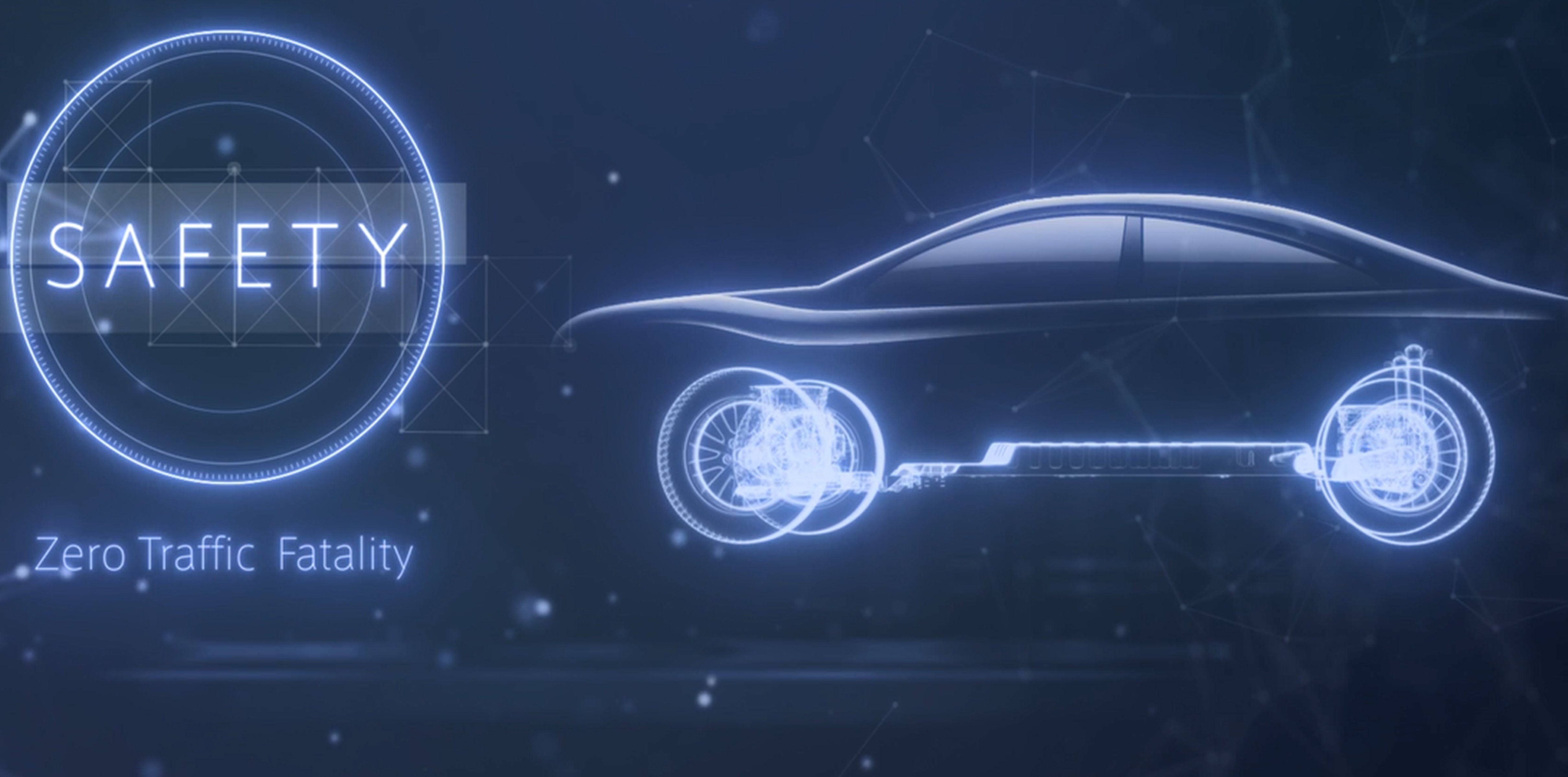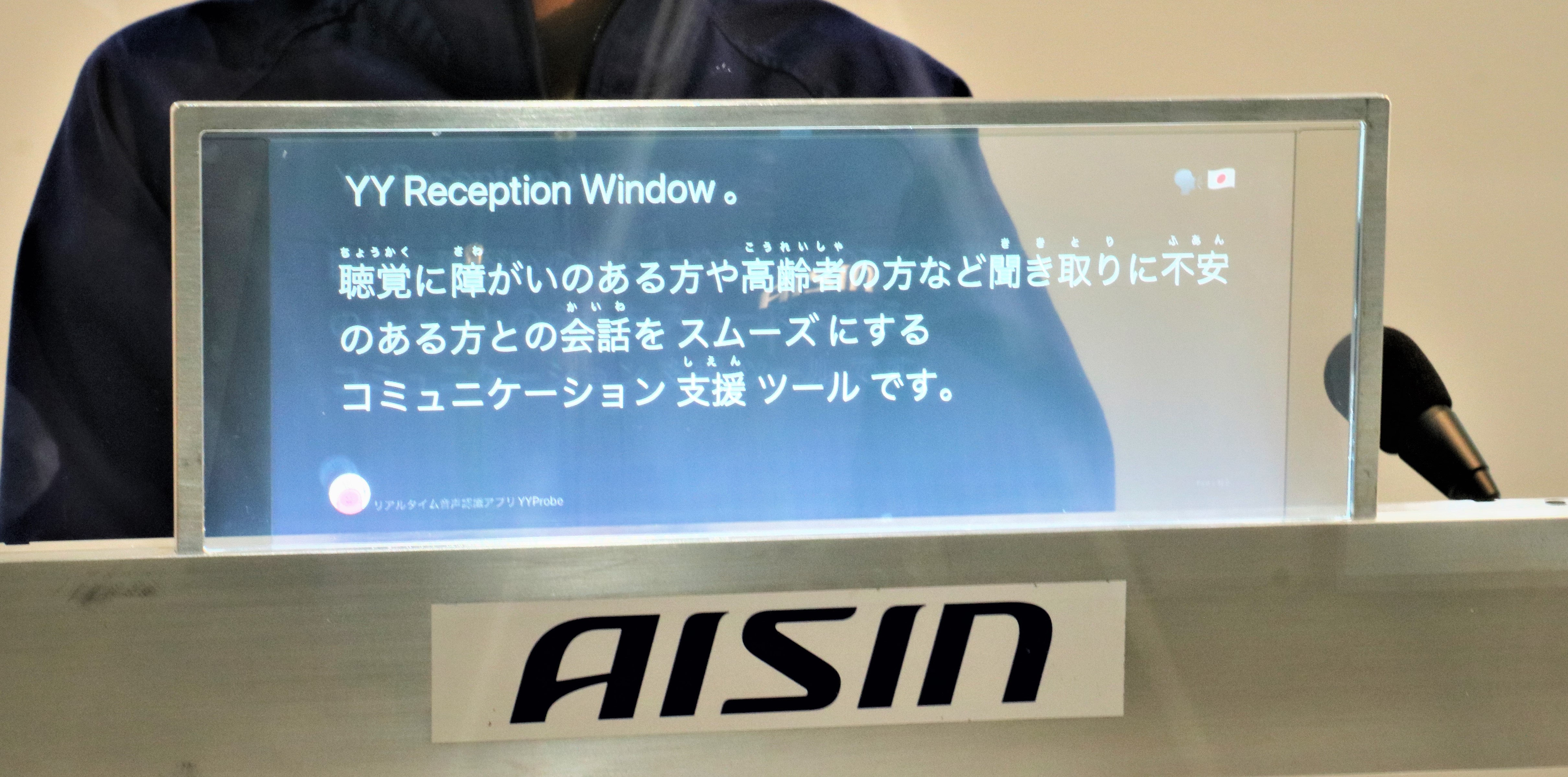Aisin Academy: Fostering Next-Generation Leaders Developing people to make active contributions around the world while securing Aisin's future [Part 2]
Sep.07, 2022
![Aisin Academy: Fostering Next-Generation Leaders Developing people to make active contributions around the world while securing Aisin's future [Part 2]](/en/aithink/assets_c/2022/12/1b99ed61ce8b802604be56f5d9fe0738-thumb-4838x2396-7887.jpg)
In Part 1 of this series, we explored Aisin’s development of digital human resources. Part 2 focuses on the development of global human resources.
>>Click/tap here to read Part 1
Sharing the Aisin legacy: the core of developing of global human resources
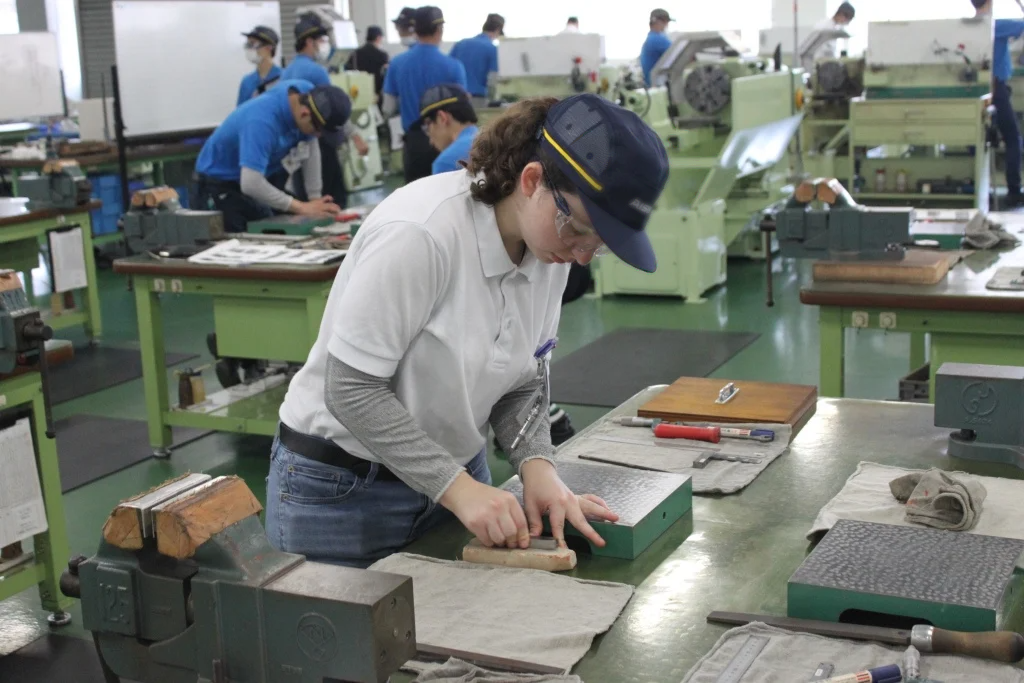
Aisin Academy focuses on developing two types of human resources: digital human resources and global human resources.
A vested interest in global human resources is essential for Aisin to be true to its Corporate Principles, especially as we advocate for inspiration and trust with our customers. To best meet our global customer base Aisin has more than 120,000 employees, with approximately 40 percent of them working and living outside of Japan. We prioritize the development of global human resources to manufacture and deliver high-quality products in a consistent and streamlined manner across the globe.
Yoshiyuki Ohashi, principal of Aisin Academy, explained the significance of developing global human resources.
“We must overcome the once-in-a-century paradigm shift from a global viewpoint, so we are taking our best practices in Japan and instilling them in overseas operations. It is imperative to share Aisin’s unique expertise and legacy, symbolized by the mental and physical training at the academy. This training can also introduce advanced overseas practices and advantages to Aisin’s overall operations.”
Accelerating the development of global human resources
Aisin Academy has reformed the education system to focus on global deployment with a shift to overseas production. This will accelerate the development of individuals who take active roles overseas.
We take two approaches in preparing team members for active roles overseas: accepting foreign students at Aisin Academy in Japan and offering local education at academies outside Japan. For foreign students who are accepted by the Academy in Japan, in-depth guidance is offered over a period of 13 months. At overseas academies, education is offered efficiently within a period of 2.5 months.
All Aisin academies share the common objective of passing on Aisin’s unique expertise and instilling the Aisin legacy in a way that empowers students to share these fundamental concepts with colleagues when they return to their workplace.
Development of global human resources at Aisin Academy in Japan
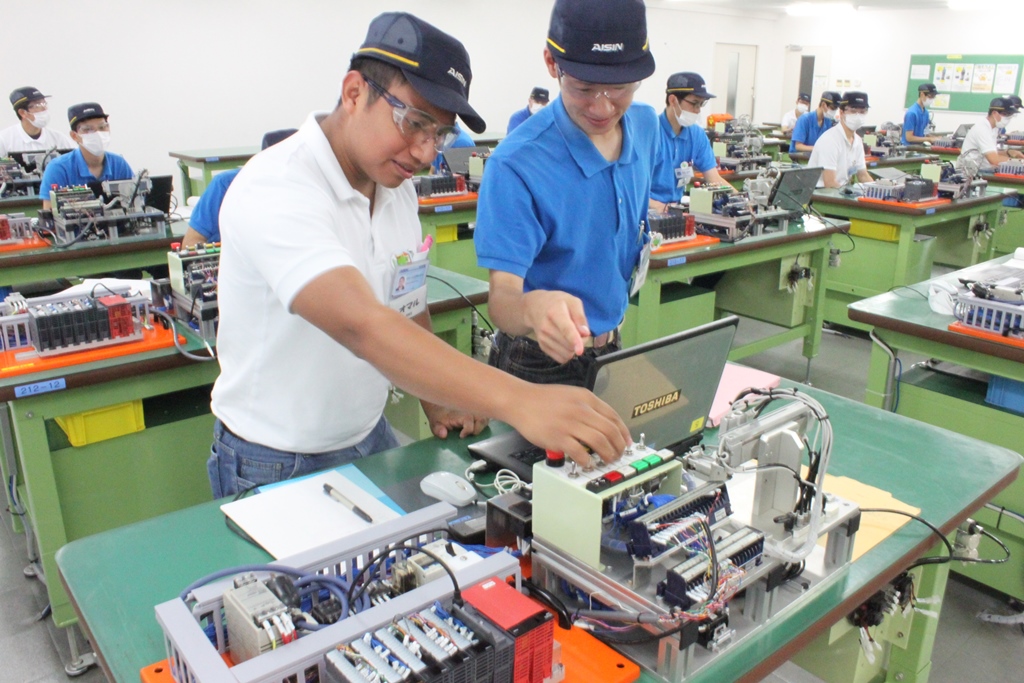
In addition to accepting talented high school graduates, the academy in Japan also started to accept personnel from group companies in Japan as well as overseas production companies in 2001. The academy offers practical education for about one year and has accepted more than 400 students from 34 companies in 11 countries. The results are impressive, with graduates readily returning to their own countries taking up active roles as local next-generation leaders.
Foreign students accepted by the academy in Japan are mainly incumbent supervisors. They are expected to improve production site capabilities at overseas companies. These students take practical training with Japanese students to acquire basic skills, including Japanese-style mental and physical training (e.g., greeting customs). In the latter part of the curriculum, they take practical training in coordination with specialized departments, such as acquisition of advanced skills, on-site management, and training at a head factory.
Principal Ohashi explained the most important objective in accepting foreign students: “These students will lead their companies as talented workers who share our best practices globally within their own workplace and community. We are inspiring the leadership spirit in students of Aisin Academy through education focused on mental and physical training in addition to basic skills development.”
Most foreign students who have spent a year studying in Japan maintain the relationships they build overseas, creating essential conduits of communication between Japanese and local staff in their own countries. The Japanese employees working overseas acknowledge that the non-engineering aspects, such as Japanese language, culture, and corporate philosophy, are just as important as technical training because of the profound impact on global communications and operations.
Overseas academies accelerate efforts to create active global leaders
In 2016, Aisin Academy opened its branch school in Suzhou, China as the first overseas academy. In 2022, the second overseas academy was opened in Thailand.
The training period at overseas academies lasts for 10 weeks. The skills training is limited to basic skills including the 5S’s (seiri: sorting,; seiton: straightening; seiso: systematic cleaning; seiketsu: standardizing; and shitsuke: sustaining; and social rules such as greetings and other basic etiquette), as well as discipline, initiative, and teamwork, and more.
A graduate of the academy in Suzhou said, “The instructors were strict, and they ensured that we work to solve problems until the end, no matter how trivial they were. I was sometimes puzzled by their strictness, but I learned that we must squarely face our own shortcomings or problems through the multifaceted education programs.” This mental training, which has been carefully passed on at the academy in Japan, is consistently practiced overseas.
Opening an academy in Thailand during the COVID-19 pandemic
Opening the Thailand academy in 2022 had a major challenge not faced with other academies: the COVID-19 pandemic. This dramatically impacted the planning and preparation phase and served as a formidable challenge.
When the first overseas academy in Suzhou was opened, local Japanese-speaking Chinese staff members were recruited as instructors. They were invited to Japan to undergo training from scratch. However, when the academy in Thailand was launched, existing employees, who were locally trained staff, were selected and trained by instructors through an interpreter. The initial plan was to invite selected employees to Japan and train them as instructors for the launch of the academy, as was the case in Suzhou. But because of pandemic-related travel limitations, a quick decision was made to offer training online. Lectures were given through a computer screen instead of in a classroom.
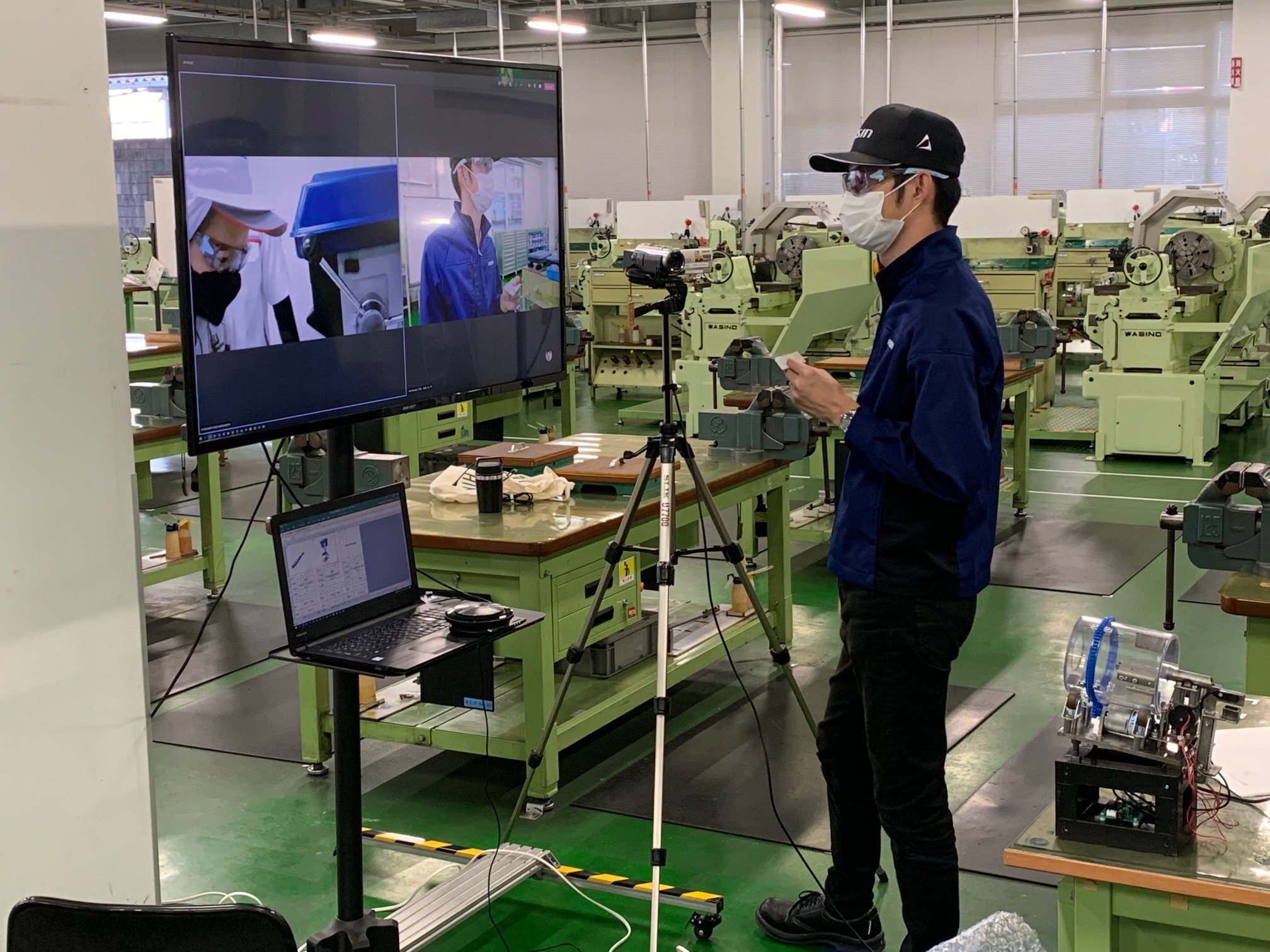
A Japanese instructor who managed the training in Thailand recalls the challenges faced while training online.
“It was more challenging than expected to verbally explain kan (intuition) and kotsu (knack). When using teaching aids, I had to check the work method and deliverables through a camera, and it was difficult to check them properly. There are advantages to an online training course, but there are also great difficulties when it comes to hands-on learning.”
To cope with this unprecedented shift, instructors focused on offering in-depth guidance. Each step was taken using the same equipment and teaching aids as those used in Japan while instructors kept pace with the work of the students. To quickly address unclear points and answer questions, a system was established to ensure swift communication via social media using a translation tool. Local staff members in Thailand were asked to serve as students when instructors gave demonstration classes in the same environment as that of actual classes. This process of trial and error produced excellent results, making it possible to smoothly open the academy in Thailand.
This new training method became a major stepping stone to launch the next localization project, which changed our mindset toward further globalization, and reinforced our confidence in the system.
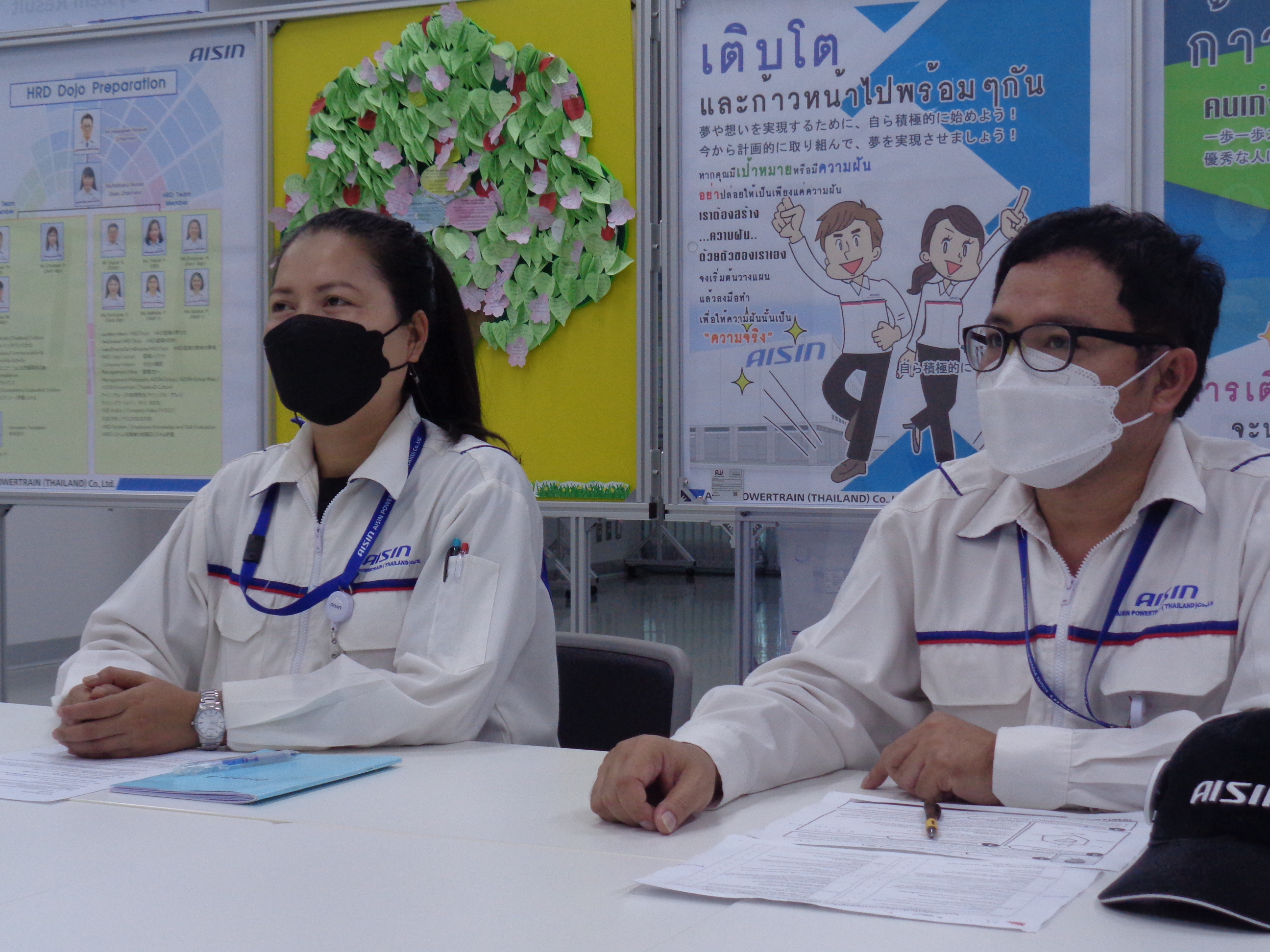
Rungnapa Nachaiyo, instructor at the academy in Thailand (left), and graduate Dilok Labnongsang
When we asked Dilok Labnongsang, a graduate of the academy in Thailand, about the most impressive thing in the training, he replied that it was “Honki Showa.” Honki, a poem written by the poet Shinmin Sakamura, is recited in unison and students learn its meaning.
“If people do their best, many things will change. Their way of thinking will change. They can also inspire others. We learned the meaning of the poem and saw that serious commitment would produce good results.”
Rungnapa Nachaiyo, an instructor at the academy in Thailand, expressed her determination toward the future: “It is important to adapt to Thai culture while maintaining strict academy standards. I hope to create an environment where both instructors and students can gain experience and find joy in their studies to mitigate their stress.”
Aisin Academy develops digital and global human resources who take on active roles around the world
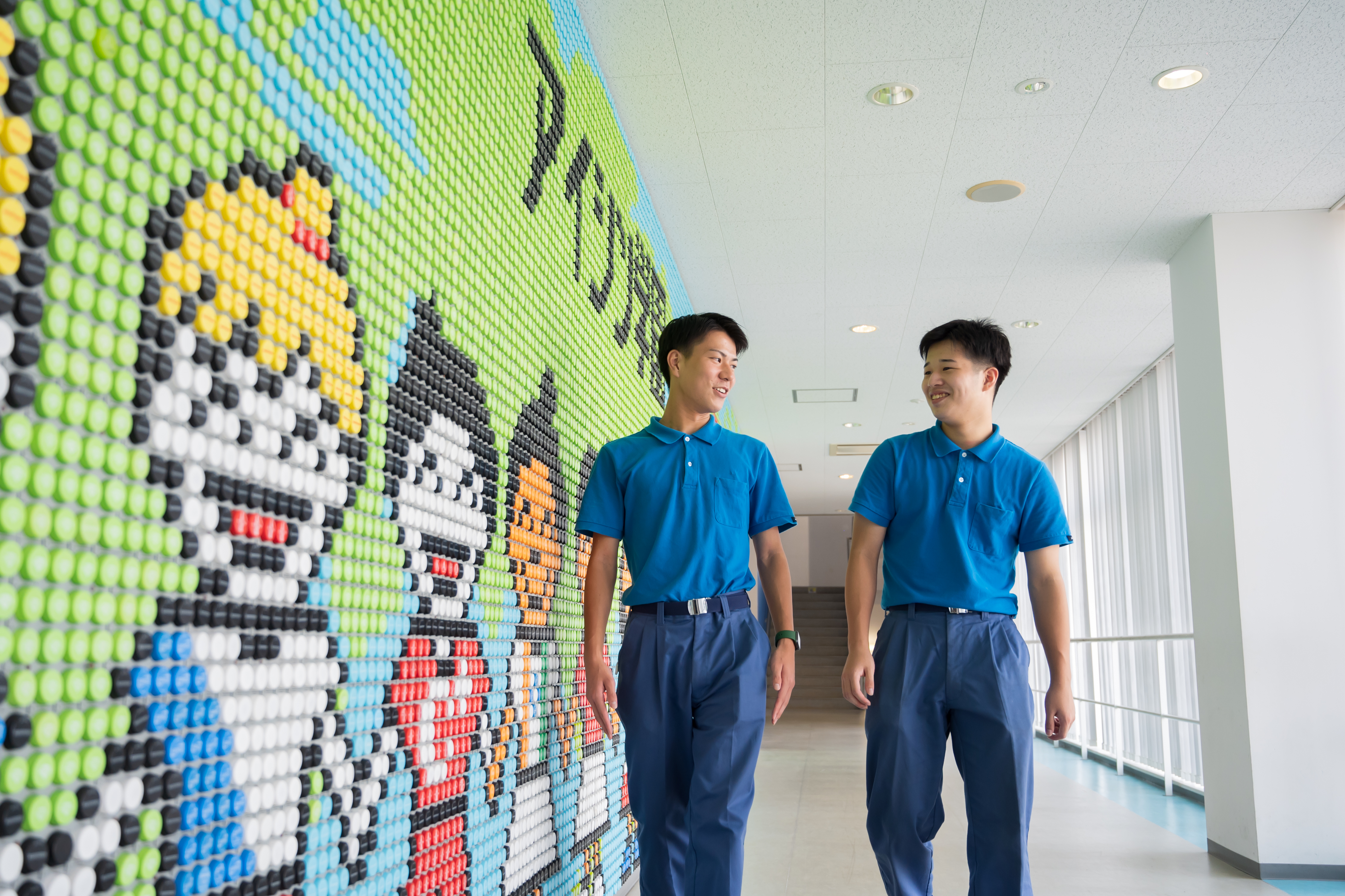
Graduates will take the lead in expanding growth markets and establishing change-resilient operations. High expectations are placed on them to make great strides. With “Inspiring ‘movement,’ creating tomorrow” as the cornerstone of the Aisin Group Philosophy, it is our goal to provide inspiring “movement” experiences to people all over the world. In order to reach this goal, Aisin Academy is responsible for fostering next-generation leaders who will lead the entire group.










